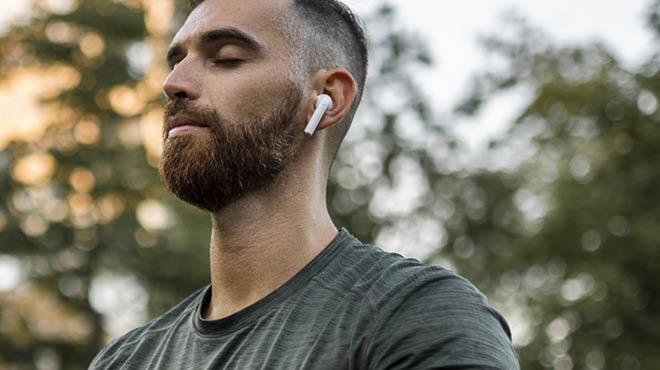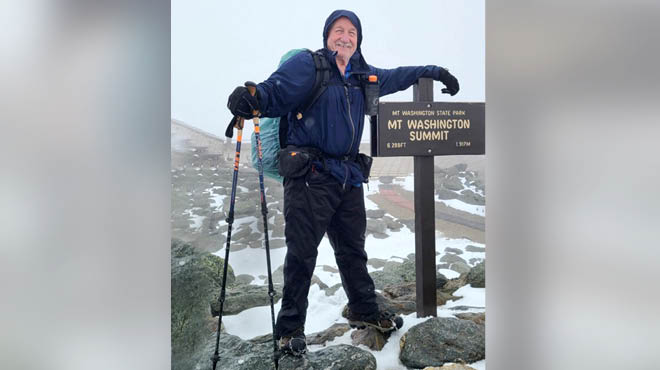Recent Posts
-

-
 Patient StoriesA lifesaver saved: An EMS veteran’s journey from rescue to recoveryNovember 14, 2025
Patient StoriesA lifesaver saved: An EMS veteran’s journey from rescue to recoveryNovember 14, 2025 -

Q&A: Osteopathic medicine

Americans have relied on osteopathic medicine for more than 145 years. The number of osteopathic physicians is on the rise and that number is projected to keep climbing, according to the American Osteopathic Association.
Stephen Stacey, D.O., director of osteopathic education for the Mayo Clinic Family Medicine Residency program and a Family Medicine physician at Mayo Clinic Health System in La Crosse, Wisconsin, answers common questions about this branch of medicine.
What does D.O. mean?
D.O. is the official designation of a doctor of osteopathic medicine who has attended and graduated from a U.S. osteopathic medical school.
Is an osteopathic physician a fully licensed physician?
Yes. Osteopathic physicians must pass state boards and exams, and be licensed to practice in all areas of medicine, just like a doctor of medicine (M.D.). Residency programs accept graduates of doctor of osteopathic medicine and doctor of medicine programs.
Osteopathic physicians practice in all specialties of medicine, ranging from emergency medicine and cardiovascular surgery to psychiatry and family medicine. You or somebody you know has probably been treated by an osteopathic physician without realizing it.
What is unique about the osteopathic physician specialty?
The philosophy of osteopathic medicine focuses on a whole-person approach to identifying and treating the cause of illness, not just the symptoms.
Several key principles include:
- The body acts as a whole unit, not a collection of separate parts.
- Structure and function are interrelated. This means that if there is a problem in one part of the body's structure, it can affect the function in that area and possibly other areas. The reverse also is true.
- The body has an innate ability to heal itself.
Osteopathic physicians work in partnership with you, considering how lifestyle and community affect your well-being and working to break down barriers to good health.
What type of special training do osteopathic physicians receive?
Osteopathic physicians are trained to use a hands-on approach called osteopathic manipulative medicine, or OMM, to promote health and healing. Doctor of osteopathic medicine programs require approximately 200 additional hours of training in these therapeutic manual techniques.
What is osteopathic manipulative medicine?
Osteopathic manipulative medicine is a distinctive system of hands-on diagnosis and treatment that focuses on the body's interconnected system of nerves, muscles and bones. These techniques typically involve using pressure and resistance to work with muscles, connective tissues and joints. The techniques help restore motion, alleviate pain and support the body's structure to help it function more efficiently. Treatment plans are tailored to each patient.
What conditions can be treated with osteopathic manipulative medicine?
Osteopathic manipulative medicine benefits patients of all ages. Some common conditions treated include muscle pain, back or neck pain, shoulder pain, nerve entrapment, headaches, infant colic, pelvic pain, pregnancy issues, scoliosis, fibromyalgia and torticollis (twisted neck). The techniques used can provide patients an alternative to medications, including opioids or invasive surgical interventions.
How can I get care?
Schedule an appointment with one of our osteopathic physicians at your local clinic. Many osteopathic physicians provide osteopathic manipulative medicine to their own patients. Some may accept referrals from other physicians to treat patients using these techniques.
As with any healthcare provider, it is important that you ask questions about how an osteopathic physician can meet your needs.


